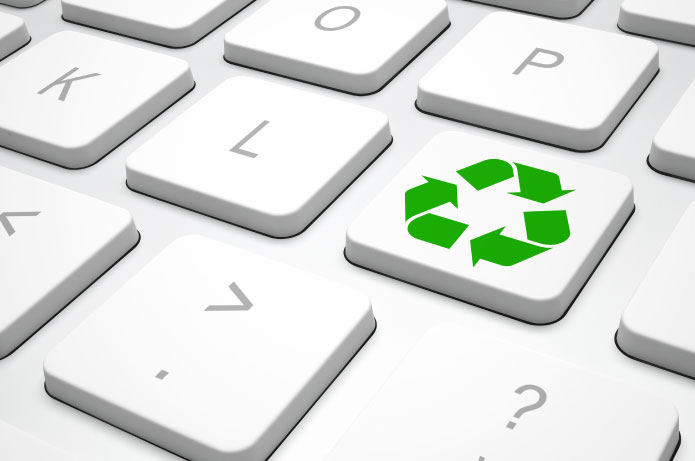We live in a globalized world, in which consumption habits have been constantly transforming. It is a fact that, during the Covid-19 pandemic, many consumers have drastically changed the way they buy products, from traditional physical form to virtual form, that is, on-line. This change in the way consumers shop has required adaptations in the logistics area. Logistics operators, that before the pandemic they were used to making deliveries in large batches, they started having to make increasingly fragmented deliveries to individually serve each consumer who buys online, in the modality known as electronic commerce or e-commerce.
In this context, a relevant item enters: the packaging. Batch deliveries use a certain amount of packaging, however, when the delivery is divided, the quantity of packaging multiplies exponentially. It is very common, upon receiving a product purchased through e-commerce, understand the large amount of packaging, between cardboard boxes, bubble wrap and other materials. The distributors, to protect the products in the best possible way during the logistics process, often they overdo it, mainly for small volume items. If you buy a small bottle of perfume, for example, it is likely that the packaging that arrived at your residence can accommodate a bottle of wine.
This way of thinking about packaging for e-commerce deliveries is not a "privilege" of Brazil. This has been happening all over the world. According to a BBC article, June 2024, according to Nicole Rycroft, executive director of the environmental organization Canopy, that works with companies to preserve threatened forests, "in the early days of e-commerce", the products had seven times more packaging than purchases made in physical stores. "Now, it's about four and a half times, but the excess packaging is still large.”
According to Edrone, in 2024, e-commerce in Brazil surpassed 200 billion in revenue, with an average ticket of almost R$ 500,00 and more than 90 million virtual buyers. Therefore, continues to maintain the growth trend shown in previous years. These numbers further amplify the amount of packaging consumed and those that will still be, by maintaining the logic that the larger the packaging, the better the results.
Some relevant questions: do the packaging have a role in the logistics cost, why waste the opportunity for reduction? Another question, with so much technology embedded in logistics processes, it would not be expected to see an optimization in the use of packaging?
Among the possible causes of excessive packaging use, we can mention the difficulty of unitizing and transporting small objects. It is also worth noting that, no matter how much technology one has, due to the demands for faster deliveries and difficulties in generating demand, many times the operation has to "make do" with what is available and, it's clear, nothing like a family size package!
E-commerce cannot be held responsible for all the waste generated from its packaging, however, it is up to companies in the sector to seek sustainable alternatives to solve this problem


